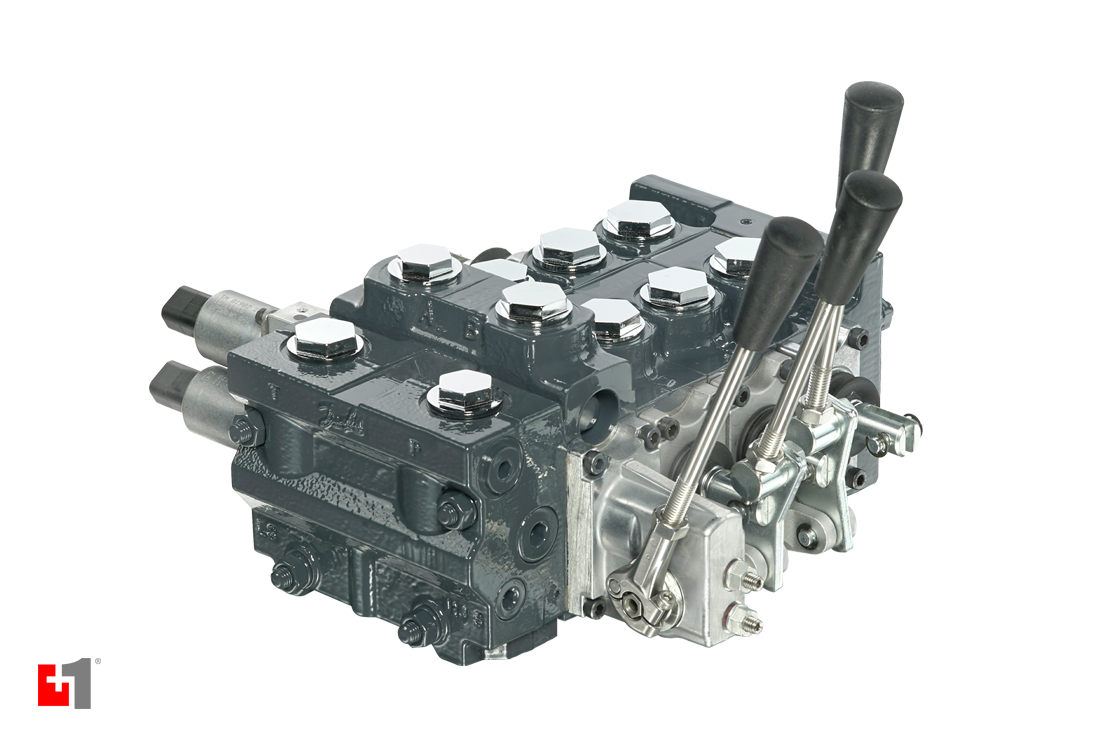Efficient Control Valves: Trick Elements for Effective System Administration
Wiki Article

Maximize Energy Cost Savings and Convenience With Advanced Building Automation Controls
In the world of modern design and center administration, the combination of sophisticated structure automation controls stands as a critical innovation. By harnessing the power of automation, buildings can adapt, react, and progress in methods that were when unimaginable.Power Efficiency Advantages
Power efficiency advantages can dramatically minimize power intake and functional costs in buildings. Energy-efficient systems, such as innovative building automation controls, can optimize the use of resources like home heating, lights, and air conditioning, leading to reduced power costs over time.Additionally, improved energy effectiveness can prolong the life-span of building devices and systems. By running extra successfully, heating and cooling systems, lighting components, and various other structure parts experience less damage, causing reduced upkeep and replacement prices. Additionally, energy-efficient structures frequently regulate greater home values and rental prices, providing lasting financial advantages to owners.
Moreover, energy performance can enhance resident comfort and performance. Correctly regulated interior settings with optimal lighting and thermal conditions develop a more helpful and positive work area, leading to enhanced employee complete satisfaction and efficiency. Generally, the energy performance advantages associated with advanced building automation controls are diverse, encompassing expense savings, ecological stewardship, and resident wellness.
Enhanced Comfort Control
Enhancing comfort control in structure settings calls for a sophisticated integration of advanced automation systems for optimum passenger health. By making use of innovative structure automation controls, facilities can customize the indoor environment to meet the certain requirements and choices of occupants. control valves.Enhanced convenience control exceeds standard temperature level modifications. It includes features such as personalized setups, occupancy sensing units, and all-natural light use to produce a dynamic and responsive environment. By integrating these sophisticated controls, buildings can not just enhance convenience yet also improve energy effectiveness by maximizing system operations based on real tenancy and use patterns. Eventually, focusing on resident convenience with innovative automation systems brings about a much more delightful and much healthier interior environment.
Functional Effectiveness Improvements

Moreover, the application of real-time tracking and analytics devices makes it possible for building drivers to recognize energy inefficiencies and functional abnormalities immediately. By constantly keeping track of power use patterns and system efficiency metrics, adjustments can be made in real-time to optimize energy intake and guarantee peak operational performance. control valves. Furthermore, integrating demand reaction methods into structure automation controls can additionally boost functional effectiveness by dynamically readjusting power use based on grid conditions and prices signals
Indoor Environment Optimization
Efficient interior climate optimization is a fundamental aspect of building automation controls, making certain residents' click this site comfort and wellness while taking full advantage of energy cost savings. By using sophisticated sensors and controls, constructing automation systems can continuously keep an eye on and change temperature, moisture degrees, air high quality, and ventilation to create an ideal indoor environment. Maintaining comfortable and consistent problems not only improves resident contentment yet additionally increases performance and total well-being.Interior climate optimization likewise plays an important duty in power effectiveness. By fine-tuning cooling, home heating, and ventilation systems based on real-time data and occupancy patterns, constructing automation controls can significantly lower energy usage - control valves. Carrying out approaches such as demand-controlled ventilation and thermal zoning can assist minimize power waste while making sure that each location of the building obtains the necessary conditioning.

Lasting Environment Development
Structure automation controls not just optimize indoor climate problems for energy effectiveness and resident convenience yet also lay the foundation for developing a sustainable atmosphere through critical management of systems and sources. By incorporating innovative building automation modern technologies, such as sensors, actuators, and intelligent software application, facilities can keep track of and adjust power use in real-time to lessen waste and decrease their carbon impact. These systems enable predictive maintenance, identifying possible issues prior to they rise and maximizing equipment performance to boost longevity and efficiency.In addition, sustainable environment production prolongs past energy management to include water conservation, waste decrease, and indoor air high quality renovation. Building automation controls can regulate water use, find leakages, and ensure appropriate waste disposal methods, adding to general sustainability efforts. In addition, by managing and monitoring ventilation and filtration systems, these innovations improve passenger health and wellness and productivity while reducing energy usage connected with HVAC operations.
best site
Verdict
Finally, progressed structure automation controls deal considerable benefits in terms of power financial savings, comfort control, operational effectiveness, indoor environment optimization, and developing a sustainable environment. By carrying out these controls, structures can achieve ideal performance while minimizing energy usage and boosting passenger convenience. It is apparent that using advanced automation technology is crucial in improving building performance and developing a more sustainable future.Energy effectiveness advantages can substantially decrease power consumption and functional costs in buildings. Generally, the power effectiveness advantages associated with advanced great site structure automation controls are complex, including expense financial savings, ecological stewardship, and occupant wellness.
Additionally, including need feedback techniques into structure automation controls can even more enhance operational effectiveness by dynamically adjusting power usage based on grid problems and pricing signals.
Building automation regulates not only maximize interior climate conditions for energy effectiveness and resident convenience yet likewise lay the structure for producing a sustainable atmosphere with critical monitoring of resources and systems.In conclusion, progressed building automation regulates offer considerable advantages in terms of power financial savings, comfort control, functional efficiency, interior climate optimization, and creating a sustainable environment.
Report this wiki page